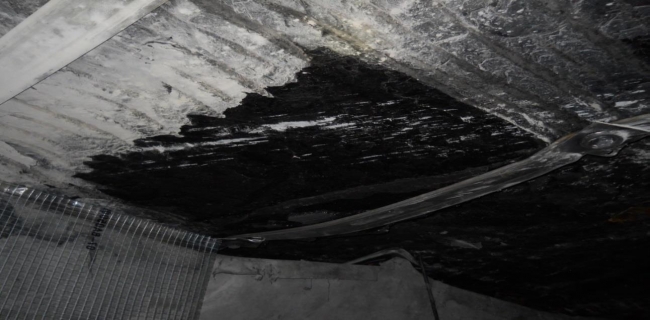From January 2017 to August 2021, the coal mining industry experienced 1,967 roof and rib accidents. Of these, there were 9 fatal accidents and 570 lost time accidents; 83% of these accidents were the result of rocks falling between bolts and 13% were from rib rolls on continuous mining sections or onto longwall face conveyors.
- Conduct thorough pre-shift and on-shift examinations of the roof, face, and ribs and conduct examinations thereafter as conditions warrant.
- Be alert for changing conditions and report abnormal roof or rib conditions to mine management and other miners.
- Rib support may be necessary when the mining height increases, when rock partings are present in the rib, or when encountering deeper cover.
- Install rib bolts with adequate surface area coverage during the mining cycle and in a consistent pattern for the best protection against rib falls.
- The approved roof control plan contains minimum requirements – know and follow the plan, provide additional support when and where needed.
- Adequately support or scale any loose roof or rib material from a safe location, use a bar of suitable length and design when scaling.
- While roof bolting, ensure that ATRS systems are maintained in good working condition and firmly placed against the mine roof.
- Utilize skin control products such as straps, wire mesh, pizza pans etc. to help control rock falls between bolts.
- When working near the longwall face, support the exposed roof and face by mechanical means in the immediate work area.

